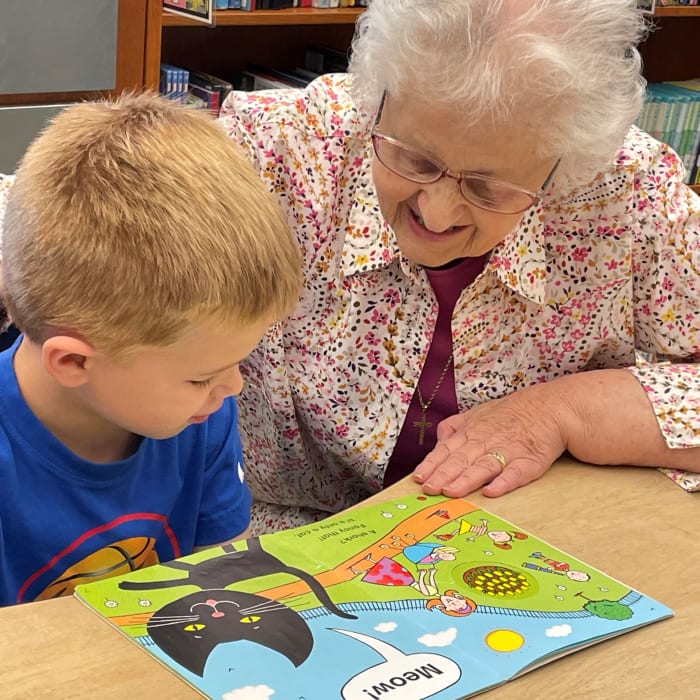When is it time for assisted living?
You may have mixed feelings about the prospect of moving a loved one into an assisted living community or even know how to start the conversation. However, planning ahead can help you make rational decisions based on what matters most, rather than emotional decisions in response to a crisis. It’s important to understand when it might make sense to move a loved one to an assisted living community and what options are even available when living independently becomes a challenge.
While it may feel overwhelming to think about caring for someone with a debilitating illness or moving from a beloved home, having a plan can make the transition to assisted living easier — not only for your loved one — but also for yourself.
What to watch for
It’s important to be mindful of certain changes. Consider the following situations that might affect your loved one:
- It’s increasingly difficult for them to climb stairs, do housework, prepare meals, manage finances or maintain their home.
- They’re having trouble getting to medical appointments, running errands and shopping for groceries.
- They’re feeling increasingly isolated after the loss of a spouse or loved one. Or friends and family members have moved away.
- They have been diagnosed with a chronic or progressive condition, such as cancer, congestive heart failure, diabetes, dementia or Parkinson’s disease, which may make living independently more difficult over time.
- They need help with basic activities of daily living, like toileting, bathing, dressing and taking prescribed medications.
Assisted living communities
When it comes to considering assisted living, you have options, depending on your loved one’s wants and needs. Residents might have an apartment or a private room with a common living area. Communities typically help with activities of daily living and prepare meals.
Additional services and amenities may be available, such as access to housekeeping and laundry, on-site medical care, transportation to off-site appointments, stores and cultural activities, social activities and exercise classes. Residents are often encouraged to become involved with decision-making, like choosing entertainment or suggesting menu items.
Alternative residential facilities
- Group, or board and care homes, are private facilities that care for small groups of 20 residents or less. Residents may have their own room or share a room. Staff provides personal care and meals. Medical care is typically not provided.
- Nursing homes (long term), or skilled nursing facilities (short term and for rehabilitation), provide a higher level of medical care provided by licensed and/or registered nurses. Services include 24/7 supervised care, help with daily activities, meals, as well as physical, occupational and speech therapy.
- Continuing care communities, or life care communities, offer different living options and levels of service in one location. Housing options can range from independent living to skilled nursing care. Residents can move from one level of care to the next, depending on need. If you’re in the planning stages, find out if your loved can get assisted living services in their apartment or home. This is a plus for both of you, since they’ll be able stay in the community they know.
If you’re ready to take the next step and learn more about our six Continuing Care Communities, please visit www.precommunities.org and give us a call or chat on-line.






